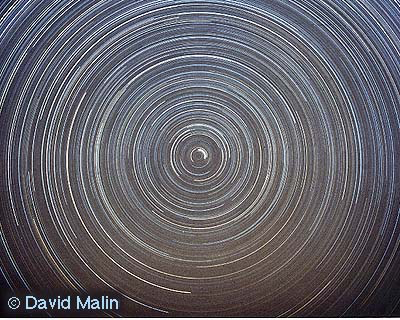9.2. Ancient Astronomy#
Admit it: everyone is awestruck by the spectacle of the sky on a dark night. It’s a basic human instinct and it links us to our ancestors of thousands of years ago. The rhythm of the variously repeating objects in the sky were easily mapped onto people’s everyday lives which also had daily, monthly, seasonal, and annual rhythms. It’s not hard to appreciate that they might have taken the sky’s patterns as responsible for Earthly events and so people put a lot of thought into it! As a result, Astronomy is probably the oldest intellectual activity in all of humankind. By questioning the skies, we evolved into modern scientists with our current need to understand all of the physical universe!
Wait. But what about astrology?
Glad you asked. Astrology is…unfortunate. When it’s used to make predictions or analyze a personality it means that someone is pretty guilible. And that an angel has lost his wings.
While most of us have not looked at where the planets and stars are night by night, month by month, recording these positions and motions was a serious activity for the Babylonians, Egyptians, and Greeks. The regular motion around what we would call the North Star[^1] as shown in a time-lapse image in the figure below was highly predictive but the motions of the planets, notsomuch. In fact the word “planet” comes to us from the Greek meaning “wanderers” which is what indeed the planets seemed to do.
Basically there are three kinds of regular objects and three sorts of motions: the background stars which were familiarly constant year after year; the planets, which were relatively constant, but which executed odd motions every once in a while; and the Moon and Sun which seemed to execute their motions daily with subtle variations. Eclipses were frightening events, although information from the Babylonians enabled pre-Socratic Greeks to predict when they might occur. Comets were likewise startling, but supernovae, while few and far between, must have been deeply troubling.

While the Babylonian scholars were terrific recorders of events, the Greeks seemed to be the first to actually try to explain the cause of the stars and planets’ motions. The difference between “description” and “explanation” is evident, even if their results are hard to swallow.